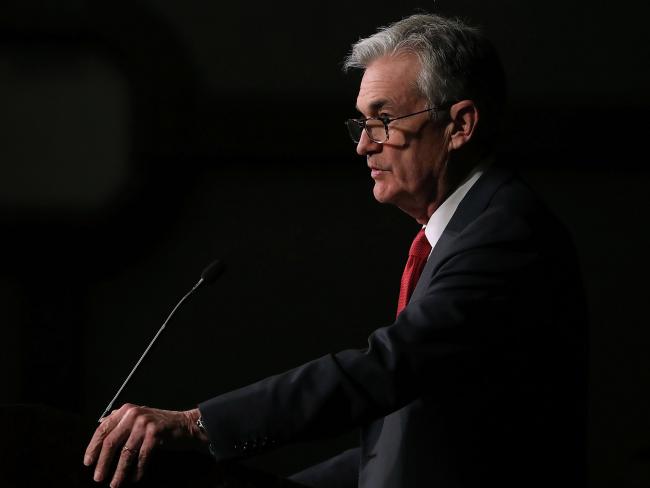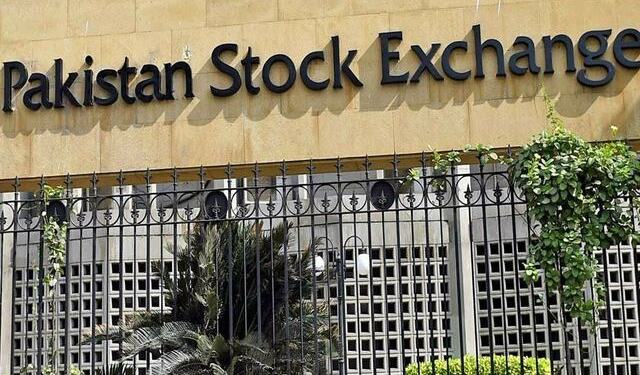 © Bloomberg. Federal Reserve Board Chairman Jerome Powell speaks during a Rural Housing Assistance Council Awards Reception, on December 6, 2018 in Washington, DC.
© Bloomberg. Federal Reserve Board Chairman Jerome Powell speaks during a Rural Housing Assistance Council Awards Reception, on December 6, 2018 in Washington, DC. (Bloomberg Opinion) — The 2008 financial crisis showed what happens when the banking system lacks an adequate foundation of loss-absorbing equity capital. Unable to raise what they needed from wary investors, banks were forced to slash lending at precisely the worst time for the economy. Ultimately, only the full faith and credit of the U.S. government — and a direct infusion of more than 200 billion taxpayer dollars — could prop them up.
The lesson seems clear enough: Banks should raise capital while they can, and before they have to. The Federal Reserve apparently hasn’t learned it.
The 2010 Dodd-Frank Act gave the Fed this very responsibility: tell banks to build a buffer of extra capital in good times, when the economy is growing and funds are relatively easy to raise. This idea of so-called countercyclical capital has worked well in other countries, most notably Spain.
The question is when to add to the buffer. In the U.S., now seems right. The economy has been expanding for nearly 10 years, inflation is close to the Fed’s target, and forecasters expect annual growth to peak this year at about 2.9 percent. Business lending standards are deteriorating even as corporate debt levels hover near record highs. Across the Atlantic, the U.K., France and eight other European countries have already raised their buffers.
The Fed hasn’t. This is partly because of how officials have chosen to interpret Dodd-Frank. The central bank has adopted a rule that says systemic vulnerabilities should be “meaningfully above normal” before extra capital is required — a threshold that some, including Chairman Jerome Powell, say hasn’t been met. Opponents of requiring more capital also argue that U.S. banks don’t need it, because they’re already better capitalized than their European counterparts.
That’s true — but better capitalized doesn’t mean adequately capitalized. On average, the six largest U.S. banks have less than $7 in equity for each $100 in assets. That’s more than they had before the 2008 crisis, but probably not enough to avoid distress in a similar situation. Economists at the Minneapolis Fed, for example, have estimated that banks need more than twice as much equity to make the probability of government bailouts as low as it should be. Even if fully deployed, the Fed’s countercyclical buffer would get them only a small part of the way there.
Fed officials ought to ask: If not now, when? If the central bank’s rules prevent them from acting, they should change them. By the time investors are sure the system has a problem, it will be too late.
—Editors: Mark Whitehouse, Clive Crook.
To contact the senior editor responsible for Bloomberg View’s editorials: David Shipley at [email protected], .
Editorials are written by the Bloomberg Opinion editorial board.
©2019 Bloomberg L.P.
Fusion Media or anyone involved with Fusion Media will not accept any liability for loss or damage as a result of reliance on the information including data, quotes, charts and buy/sell signals contained within this website. Please be fully informed regarding the risks and costs associated with trading the financial markets, it is one of the riskiest investment forms possible.
Source: Investing.com




























